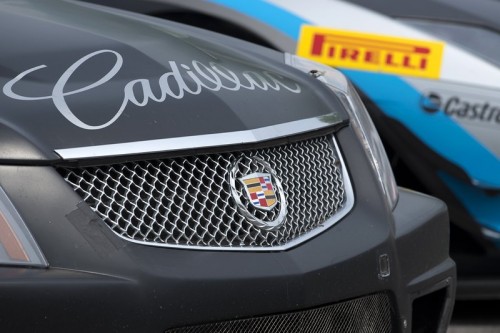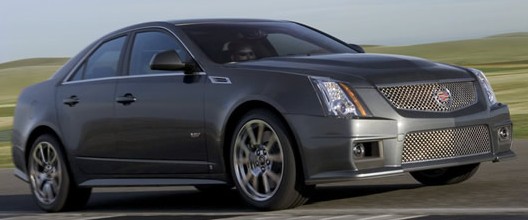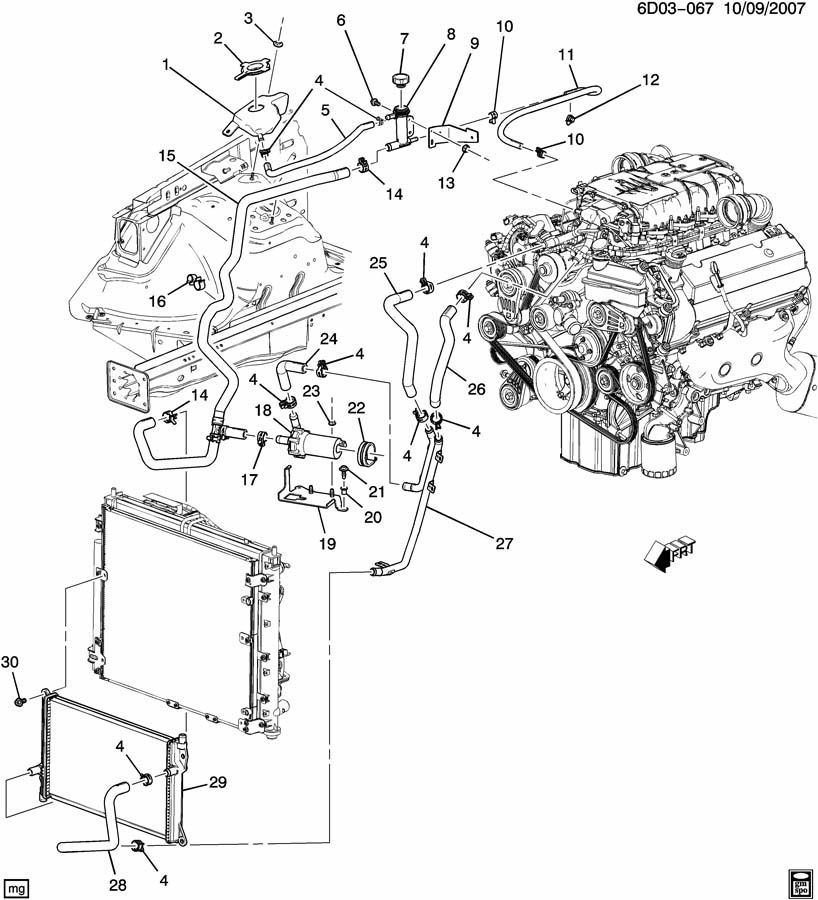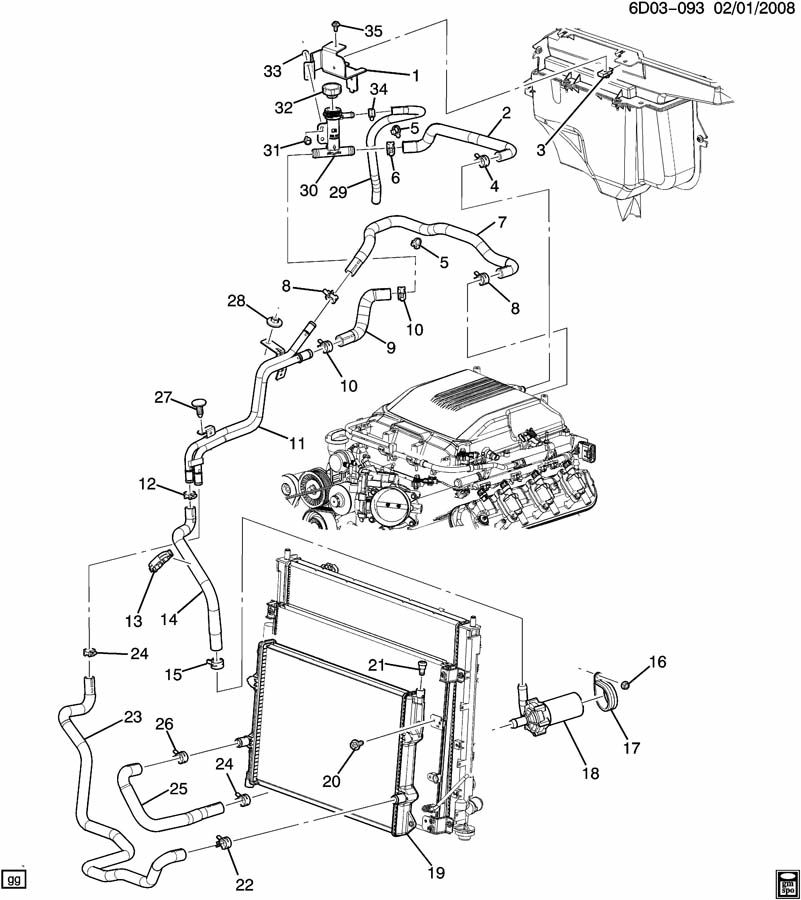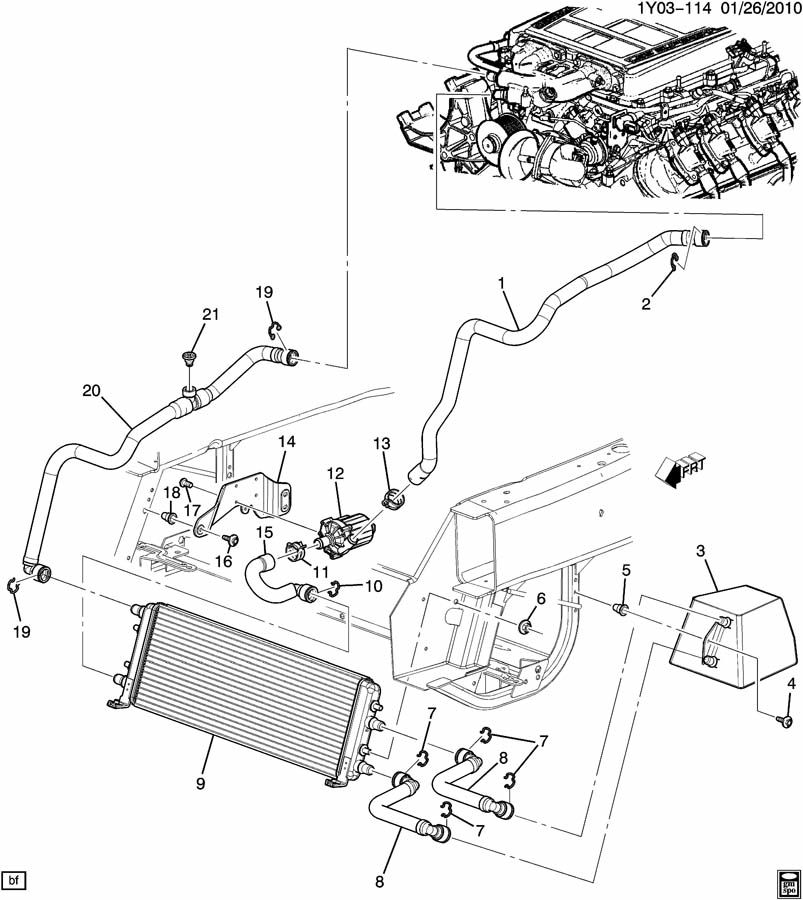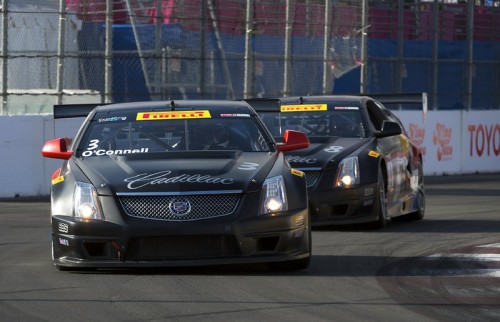 The Cadillac CTS-V series of vehicles are General Motors’ prestige performance cars that are challenging the best cars the world has to offer. Cadillac has thrown down the gauntlet in the marketplace and they’ve taken the offensive to the racetrack as well. Team Cadillac successfully competes in the Pirelli World Challenge with the CTS-V.R, a special racing version of the CTS-V Coupe. In 2014, Team Cadillac will be defending their manufacturer’s championships and the driver’s championships they won in 2012 and 2013.
The Cadillac CTS-V series of vehicles are General Motors’ prestige performance cars that are challenging the best cars the world has to offer. Cadillac has thrown down the gauntlet in the marketplace and they’ve taken the offensive to the racetrack as well. Team Cadillac successfully competes in the Pirelli World Challenge with the CTS-V.R, a special racing version of the CTS-V Coupe. In 2014, Team Cadillac will be defending their manufacturer’s championships and the driver’s championships they won in 2012 and 2013.
Pirelli World Challenge Series
The Pirelli World Challenge (PWC) is a production-based road racing series that provides manufacturers a competitive arena in which to prove their products. PWC races are sprint races of 50 minutes duration. There are no scheduled pit stops, no driver changes and not a lot of racing strategy—if a driver is not starting at the front of the class, he or she has 50 minutes of flat-out driving to get there.
Cadillac CTS-V.R
The Cadillac CTS-V.R is a specially modified version of the CTS-V Coupe. Anything that does not contribute to the CTS-V.R accelerating faster, stopping quicker or handling better has been tossed out. It weighs in about 1,000 pounds lighter that the street-legal Coupe and is powered by a 6.2-liter V8 engine that is restricted by PWC rules to 505 horsepower. Brembo brakes provide enough stopping power to make your eyes bug out and Pirelli racing tires give it plenty of cornering grip.
The CTS-V.R is undoubtedly a superb race car, but a team doesn’t win consecutive championships in the very competitive PWC without exceptional drivers, and Team Cadillac has two of the best—Johnny O’Connell and Andy Pilgrim. Both are experienced and talented, and both have won multiple drivers championships in the PWC for Cadillac in addition to being successful at Le Mans and Sebring. The competitive fire still burns intensely and once the green flag drops, no quarter is asked or given.
Here’s a video of Team Cadillac in action.
New Players for 2014
Team Cadillac’s quest for a manufacturer’s GT Class championship three-peat this year was thrown a potential stumbling block by a change in the PWC rules allowing FIA-homologated GT3 cars to compete in GT. The CTS-V.R will now have to go head-to-head against some of the best cars in the world—the Audi R8, McLaren 12C, Nissan GTR, Lamborghini Gallardo, Porsche GT3 R, Acura TLX-GT and the Ferrari 458 GT3 Italia.
After four races at three different venues this year, it looks like business as usual—Team Cadillac finds itself in first place in the manufacturer’s points, while Johnny and Andy are second and third in the driver’s standings.
The next race for Team Cadillac will be the V-Series Challenge at Belle Isle, in Detroit Mich. on the weekend of May 30-June 1. NBC Sports Network will broadcast the race on Sunday, June 15 at 2:30 p.m.
Tune in and root for Team Cadillac to extend their lead, and for Johnny and Andy to move up in the driver’s standings.

